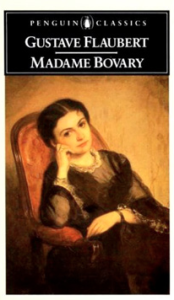This week we turned to Flaubert for inspiration on how to tell a good story, and read a few selected pages to help us focus on the power of details. To set the scene, the part of the story we were looking at found a doctor, Charles, woken in the middle of the night to tend someone in another, quite far off village, for a broken leg.
When considering what the weather was like in a few scenes we read, certain, selective words hint at what the temperature was at the time. For example, “shivering”, “wool cap”, “grey” and “cold”. These small details tell us that it is winter.
Another scene we looked at is between Emma and Charles. They have just met, and it is clear that Charles is taken by her. But how do we know? In the detail he gives to describing her. He starts with her hands, then her nails, and eventually her face. Later we know, “she wore no fichou” and “perspiration” is mentioned, so we imgaine that, at the time, not only is the weather quite hot, but he must be sitting close to her at the time, indicating his curiosity, if not affections, for her.
Show vs. Tell
It seems that when writing it is important to provide evidence of what you are saying is the truth. The evidence or support comes in the form of details. These details should lead the reader, indirectly to the author’s meaning. So ‘show‘ (indirect), is more effective than ‘tell‘ (direct). That is to say, authors should understand the value of description that captures the attention. By creating a clear, mental image, we can show readers our story, through immersion, rather than by telling them, directly and bluntly.


